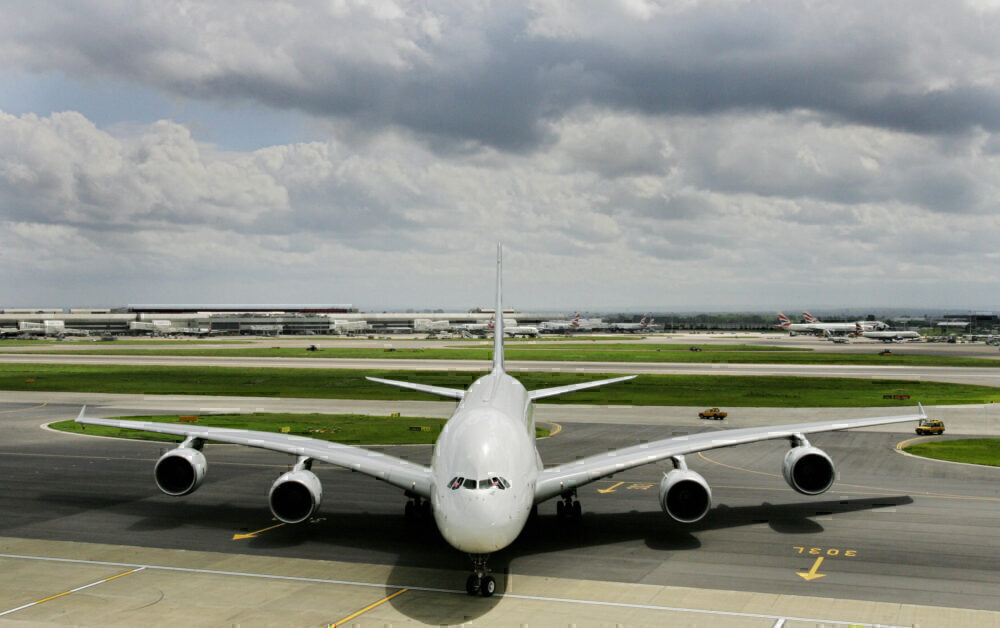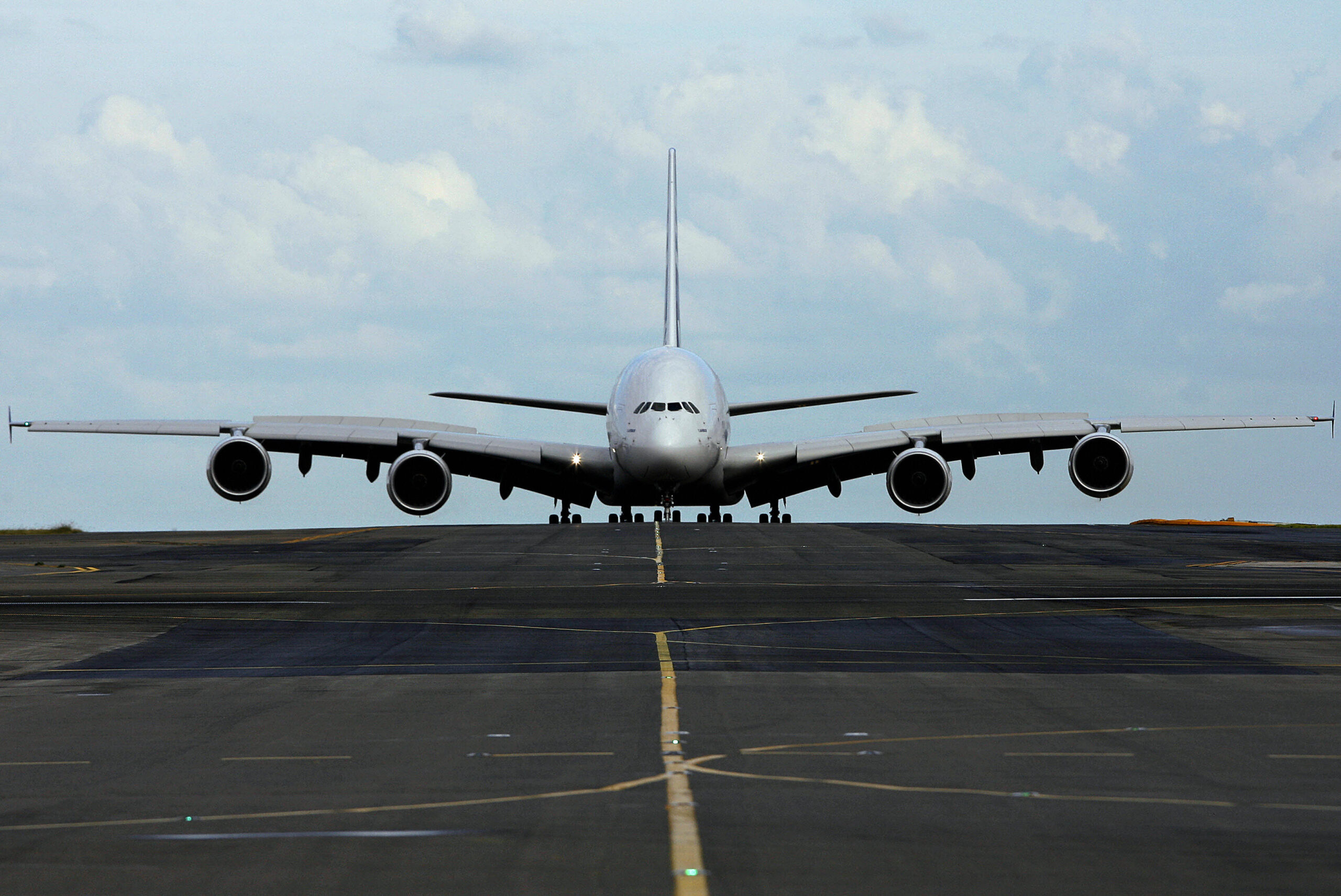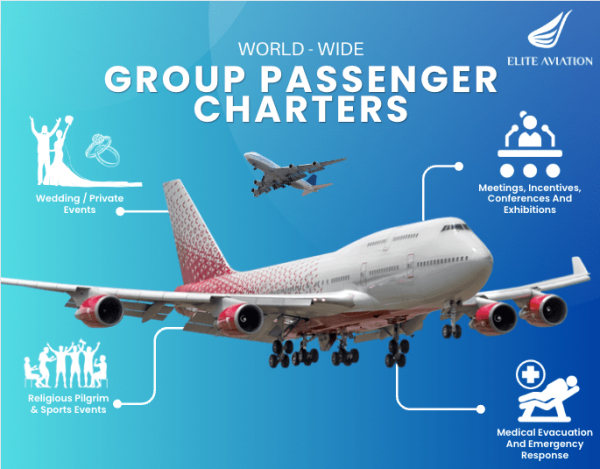The Airbus A380 is a groundbreaking aircraft in many respects. However, in most cases, its success was short-lived, and its position as Airbus’ flagship aircraft is rapidly coming to an end. Its successor, the A350, has proven itself fit for the future, with a strong order book and a vast array of airline users. Let’s compare these two widebodies to see how they stand up to one another.

The vital statistics
Both the A380 and A350 were designed for similar mission profiles – to ferry large numbers of people vast distances across the globe. However, the A380 took this mission profile to the extreme. Its huge capacity was created for an era that had already passed by the time it was flying, and this was ultimately its downfall.
To begin our comparison, let’s take a look at the numbers and compare these two Airbus giants. To make it fair on the A380, we’ll take the larger variant of the A350, the A350-1000.
| A380 | A350-1000 | |
| Passengers | 853 max or 555 (22F + 96J + 437Y three class) | 440 max or 387 (2-class) |
| Range | 14,800 km (8,000 NM) | 16,100 km (8,700 NM) |
| Cargo Capacity | 175.2 m3 | 208.2 m3 |
| Fuel Capacity | 323,546 liters | 159,000 liters |
Stay informed: Sign up for our daily aviation news digest.

Capacity
It’s clear from the outset that the A380 is going to dominate any conversation about passenger capacity with 853 max passengers in a one-class layout. The A350-1000 can only hold 440 max passengers, but that’s only 150 less than the A380 when comparing regular airline configuration.
Given the changes in the industry in 2020, cargo has become a key revenue stream for airlines. With the A380, the floor of the lower deck is further down the fuselage than on the A350 to give enough clearance for the second floor above. This has eaten into its belly-hold capacity, meaning there is less space for freight despite the aircraft’s enormous size.

We did see one A380 converted to carry cargo recently. However, limitations to its maximum takeoff weight and load limits on the cabin floor means only lightweight goods can be carried in the passenger area. The A350, on the other hand, is much more capable. It had guidance issued by Airbus to convert it to carry cargo in the passenger cabin in just two days.

Range and flexibility
Surprisingly, for all its size, the A380 can’t actually go as far as the A350. The A350-1000 can travel more than 1,000 km further than the A380. Singapore Airlines operates a special ‘ultra-long-range’ (ULR) A350-900, which it flies on the longest route in the world, from Singapore to New York. This particular aircraft is capable of up to 18,000 km (9,700 NM).
With a greater range, the A350 offers more route choices to airlines around the world. Not only that, but its lower passenger capacity actually becomes an advantage, allowing airlines to consider routes to secondary airports rather than needing to stick to hub to hub.

It would be amiss when talking about flexibility, not to mention the airport limitations of the A380. Its huge size and vast wingspan means it is categorized as a Code F aircraft by the International Civil Aviation Organization (ICAO). The FAA categorizes it as a Design Group VI aircraft.
This designation limits the airports classified as being able to handle it to around 124 worldwide. A further 95 are classed as ‘alternates’, being airports capable of landing the A380 in times of need, but not necessarily set up with the right jet bridges and other equipment to handle it efficiently.

Airbus has always tried to insist that there are almost 400 airports worldwide that could have A380 service, but with the type disappearing from airline fleets, it’s unlikely we’ll see any new destinations opening up in the near future.
Fuel efficiency
A marker of the crisis in aviation during 2020 is the rapid loss of four-engine aircraft from the global fleet. Since March, the industry has witnessed many retirements of quadjets, including the 747, A340 and, of course, the A380. The superjumbo was the first to be grounded and will be the last one that airlines being back. The A350, on the other hand, is still very much in use.

One of the big reasons for this is the lack of efficiency of the A380. While it can make sense when flying full on long routes, the A350 knocks it out of the park in terms of fuel burn. In an interview, CEO of Qatar Akbar Al Baker commented that,
“We found that, on a typical one way flight, the Airbus A350 aircraft saved a minimum of 16 tons of CO2 per block hour compared to the Airbus A380. Analysis also found that the Airbus A380 emitted over 80% more carbon dioxide per block hour than the Airbus A350 on each of these routes.”
Fuel efficient fleets are not only a benefit during a pandemic; they are also the way forward for aviation in general. The disappearance of the A380, while sad for passengers, is going to be a big benefit for the planet and the industry’s battle against CO2 emissions.

Passenger experience
People love the A380. It’s big, comfortable and quiet, but how does the passenger experience compare with a more modern aircraft like the A350? For input on this, we turned to our friends at God Save The Points for inspiration.
According to Mr Ott, there are some major positives for the Airbus A380. He says it is ‘whisper quiet’, and that its giant size makes its airborne maneuvers very stable. These aircraft often have added extras for premium passengers, such as bars or showers, and the inbuilt anti-turbulence system makes for a smooth ride.

On the downside, while the A380 has lots of space to make first and business something special, back in economy, the seating can often be pretty dense. In comparison to more modern aircraft like the A350 and indeed the Boeing Dreamliner, the cabin pressurization is not quite up to standard, meaning passengers are likely to arrive feeling a bit more frazzled.
For the A350, passengers can expect the best cabin pressure of any aircraft. This coupled with the intelligent mood lighting, serves to minimize jetlag and let you arrive at your destination feeling refreshed. The high ceiling, straight sidewalls and wide seats add up to give a feeling of spaciousness that just doesn’t happen on other aircraft. It also has 5% greater humidity than even the Boeing Dreamliner, to help prevent drying out during your flight.
While the A350 doesn’t have the space to provide showers or proper bar areas, airlines are getting creative with their layouts. Virgin Atlantic, for example, has added ‘The Loft’, a small social space for premium passengers to share a drink or watch a movie together.

Overall, for those up in first class, the A380 is unbeatable. Where else can you have a shower a mile high? But for the rest of us plebs further back in the plane, the A350 has to be the winner, hands down.
Orders
To figure out which is the better aircraft overall, nothing speaks louder than dollars on the table. In terms of orders, it will come as no big surprise that the A350 blows the competition out of the water.
The A380 was always a pretty niche aircraft, and only ever received orders from 14 different airlines. In total, the A380 sold 251 units, of which 243 have already been delivered, although one is currently just on paper. Emirates is due to receive another two imminently, and the final A380 is already being assembled by Airbus.

Conversely, the A350 is in operation with 31 airlines today, and has sold to many more customers when leasing firms are included. Altogether, 930 A350-900s and -1000s have been ordered, with 391 deliveries to date. The range of airlines and routes this aircraft flies just proves its versatility and excellence in efficiency and has solidified its place in the future global fleet.
So, which is better?
For lovers of aviation, engineering and all things unusual, the A380 is always going to have a special place in their hearts. The giant superjumbo broke boundaries in terms of size, range and technology, but by the time it was released, it just didn’t have a place in the world anymore.

The A350, on the other hand, lacks the glamor and wow-factor of its big sister. Nevertheless, it’s a superb aircraft with excellent fuel efficiency and enough passenger comforts to please any flier. In an age where flexibility and agility are prized much higher than flying hotels with showers onboard, the A350 is a much better fit for the future.
For an airline, the best aircraft is certainly the A350. For everyone else, let’s just hope we can get over the A380 and learn to love other things too.
Let us know in the comments which you think is better.
[ad_2]
Source link


